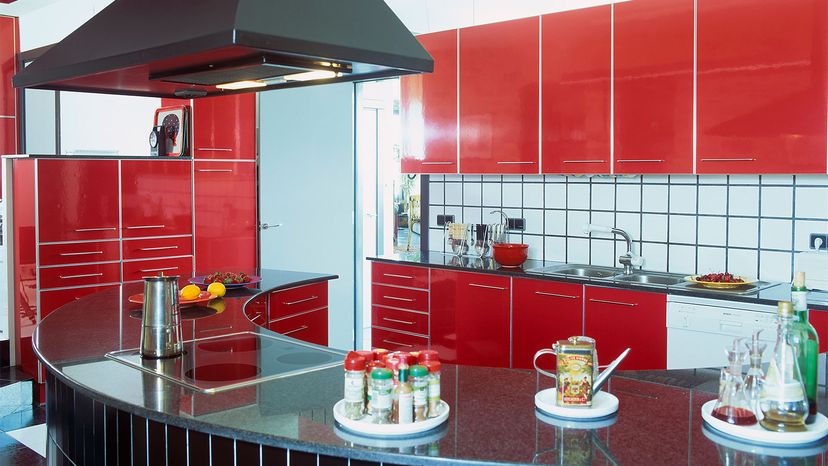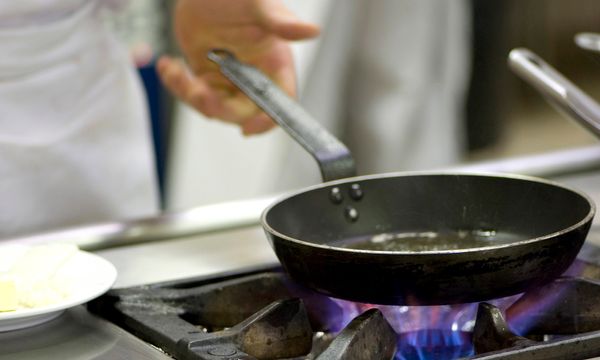
Kitchen exhaust fans aren't just for when you accidentally burn the liver and onions. They're vital tools for improving indoor air quality, and by extension, protecting human health. But to see the benefits of these fans, you must actually use them, and regularly, even if your local building codes, like most, don't require them.
Yes, exhaust fans help remove moisture, odors and oils that originate with cooking. But they do far more than that.
Advertisement
You've undoubtedly seen ominous smog that hangs over heavily polluted metropolitan areas. Now, imagine that your kitchen stovetop might create more pollution than some places that have famously filthy air – for example, in one study more than half of California homes featuring gas stoves had pollutant levels exceeding limits for outdoor pollution. That's because cooking over high heat produces carbon monoxide, nitrogen dioxide, formaldehyde, fine particulate matter and other potentially dangerous byproducts. (Electric stoves don’t produce carbon monoxide and only small amounts of nitrogen dioxide, though they do produce fine particulate matter.)
Ducted hoods are the best solution to this problem, as they suck in contaminated air and then vent it to the building's exterior. For people with health issues or allergies, ducted versions by far the best option.
But in many millions of homes (like crowded apartment buildings), kitchen ductwork is structurally difficult or impossible. So instead, these spaces rely on simple fans, which capture grease and some particulates in a filter but otherwise do very little to remove pollutants. In fact, they simply recirculate the air in the room.
So, what are the best ways to combat kitchen smog?
- Be sure the hood is installed between 24 and 30 inches (61 and 76 centimeters) from the stovetop. If you're tall, you may have to make it higher to avoid head-bumping, but don't go above 36 inches (91 centimeters). Many hoods are simply installed too high and this drastically reduces their effectiveness.
- Turn on your exhaust fan every time you cook. If you use a recirculating fan, replace or clean the filter regularly. And realize that although these filters are good for capturing grease, they really aren't accomplishing much in terms of air pollution. In those situations, opening a kitchen window is your best bet.
- Cook on the back burners, which gives your hood and fans a better chance at grabbing and eliminating contaminants.
- Use the high-speed fan settings to maximize air flow. The downside of high fan speeds is, of course, that they tend to drown out conversation, but realize that the health benefits are worth the hiccups in chitchat.
Advertisement


